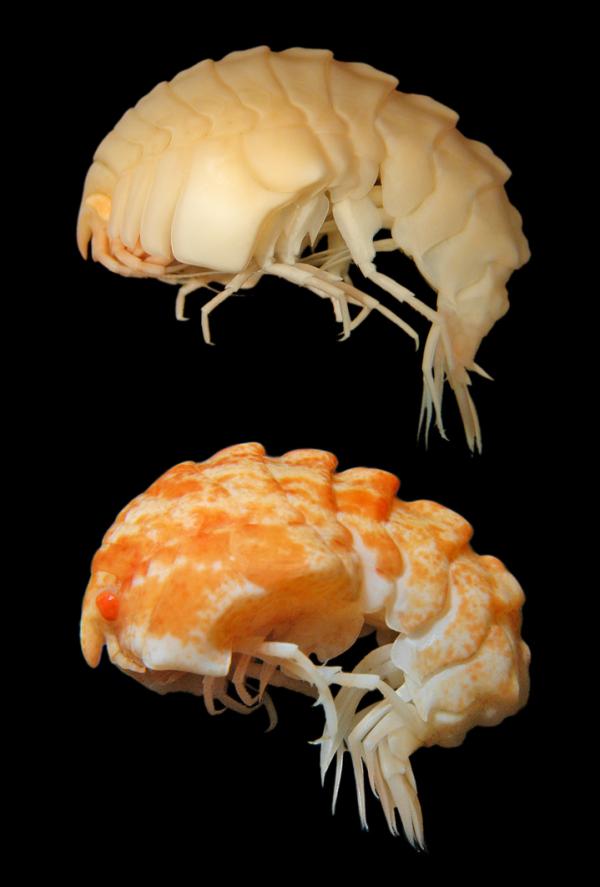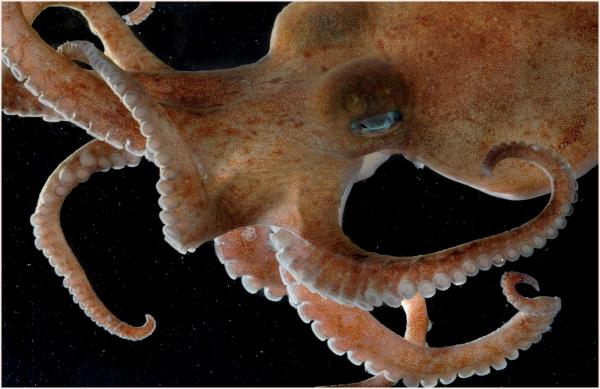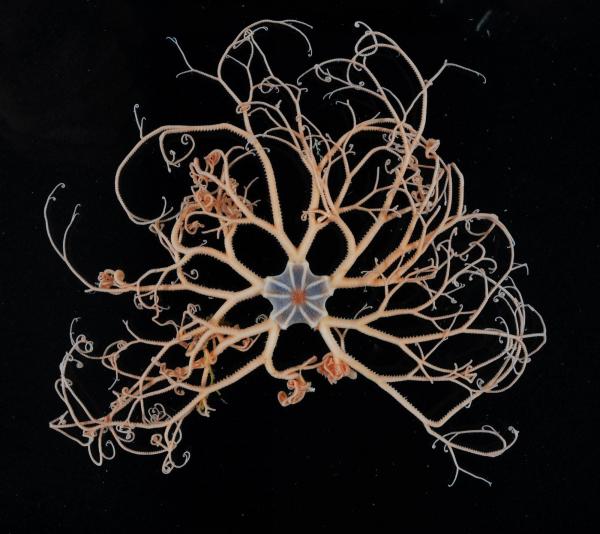
Creatures of the Frozen Deep: Antarctica's Sea Life
Ice fish

This ghostly-looking fish has no red blood cells. Glycerol in its blood acts as antifreeze, allowing the fish to stay alive in the frigid Antarctic conditions.
Sea Spider

Arachnophobes beware: More species of sea spider are found around Antarctica than any other place on the planet. And like many Antarctic species, the sea spiders here grow far larger than their cousins in warmer climes.
These are some progressive spiders: Males of the species carry the developing young. When birthing time arrives, the fully formed baby sea spiders crawl out of their father's leg.
Amphipod

Hello world! A brand new amphipod a type of tiny crustacean makes its debut. Huw Griffiths, a marine biologist with the British Antarctic Survey, says at first scientists thought the upper amphipod was a specimen of Epimeria georgiana, the species shown below. DNA barcoding revealed the two are genetically different. The new, golden amphipod has yet to be named.
Polychaete worm

Tomopteris
Some species of this type of transparent swimming worm have bioluminescence, the ability to produce light through chemical reactions.
Octopus

probably Pareledone
A sucker for travel: Octopuses are abundant around Antarctica, and they are spreading. These leggy creatures have expanded their territory far beyond the island continent, riding oxygen-rich, freezing waters that sink from the Antarctic sea surface down to the deeps. The life-supporting waters fan out into surrounding seas, and animals can follow the corridor.
The Southern Sea feeds into the Pacific, the Atlantic, and the Indian oceans, providing food and life to oceans around the world.
Basket star

Gorgonocephalus
This creature was filmed stretching out its curly, branching arms after cuddling with a coral. Posed here, above the seabed, the filter feeder can gobble food that goes floating by.
Sea Cucumber

This cold-loving, deep-sea dweller doesn't share much with its appetizing namesake except, perhaps, an aerodynamic silhouette.
Get the world’s most fascinating discoveries delivered straight to your inbox.
 Live Science Plus
Live Science Plus





